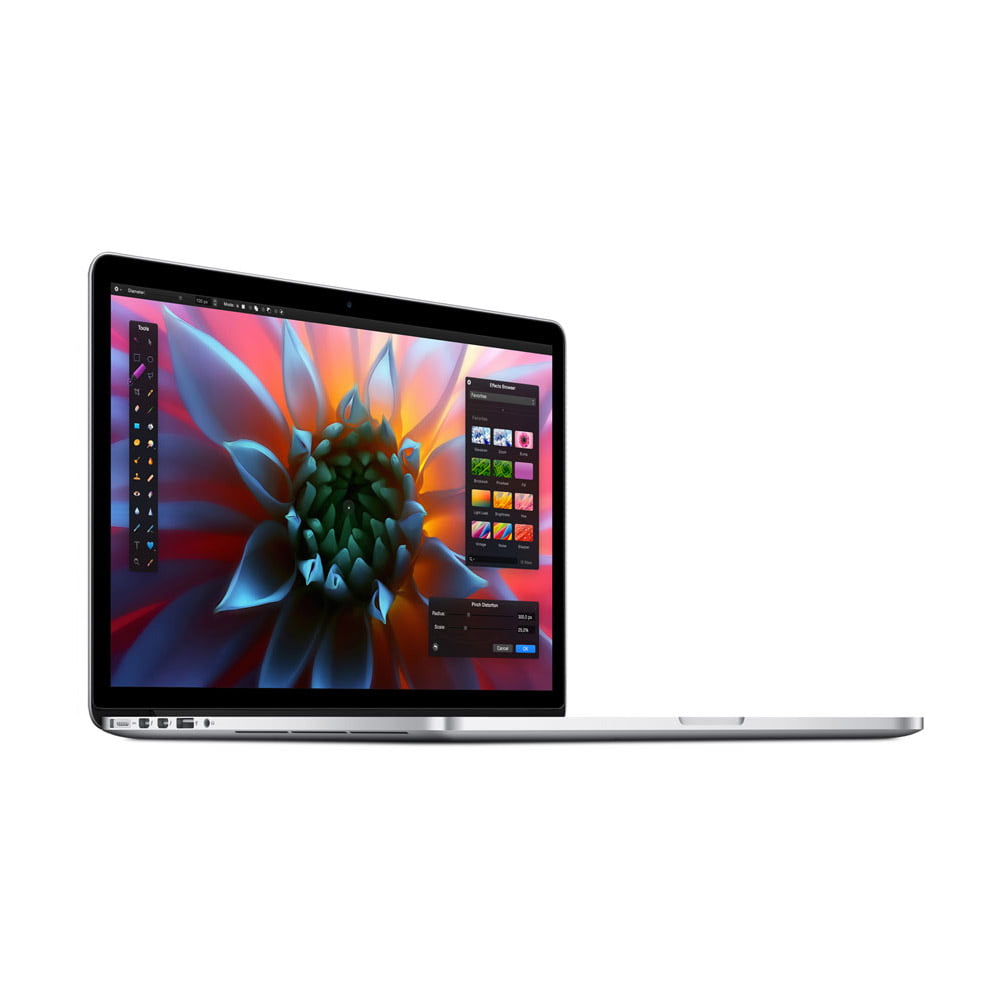

By default, both displays are set to pixel-doubled mode: 1280 by 800 for the 13-inch models, and 1440 by 900 on the 15-inch laptops.Īs mentioned in previous reviews, the Retina displays look great. The 15-inch MacBook Pro with Retina display sports a 15.4-inch IPS LED screen with a 2880-by-1800 resolution. The 13-inch Retina MacBook Pro has a glossy 13.3-inch (diagonal) IPS screen with LED backlighting and a native resolution of 2560 by 1600 pixels. Processor upgrades and flash-storage upgrades (up to 1TB) are also available at the time of purchase.

The 13-inch models all come standard with a healthy 8GB of RAM, while the 15-inch models come with a very generous 16GB configuring the 13-inch model with 16GB costs an additional $200. RAM is soldered to the motherboard, so if you think you might ever need more than the stock amount, it’s important to configure your MacBook Pro with that extra RAM at the time of purchase. If fact, you’ll need a special Pentalobe screwdriver just to get the back cover off. The Retina MacBook Pro isn’t built with upgradability in mind.
#2014 MACBOOK PRO 15 MAC#
The Late 2013 13-inch MacBook Pros were a couple of ounces lighter and and slightly thinner than previous models, and all Late 2013 models introduced Intel’s Haswell processors, Thunderbolt 2, and 802.11ac Wi-Fi to the Mac Book Pro line.Īs with the Late 2013 models, the 13- and 15-inch mid-2014 models include two USB 3.0 ports, two Thunderbolt 2 ports, an SDXC card slot, an HDMI port, and a headphone jack that supports the microphone and remote on headphones with an Apple-style inline remote/mic module.

Unlike the rest of the mid-2014 models, which use integrated graphics (Intel Iris in the 13-inch models and Intel Iris Pro in the 15-inchers), the high-end 15-inch MacBook Pro adds discrete graphics in the form of an nVidia GeForce GT 750M GPU with 2GB of dedicated GDDR5 memory.Īside from the minor boosts in processor speed, and the low-end 13-inch model’s additional RAM, the latest MacBook Pros with Retina display stick with the design introduced in late 2013. At $2499, the high-end 15-inch MacBook Pro is $100 less than the previous high-end model and has a 2.5GHz quad-core Core i7 processor (compared to 2.3GHz previously), 16GB of RAM, and 512GB of flash storage. There’s a $1999 system with a 2.2GHz quad-core Core i7 processor (up from 2.0GHz in the previous $1999 model), 16GB of RAM, and 256GB of flash storage. The new 15-inch models come in two flavors. The high-end 13-inch model, at $1799, includes a 2.8GHz dual-core Core i5 processor (up from 2.6GHz in the previous high-end 13-inch model), 8GB of RAM, and 512GB of fast flash storage. For $1499, you get the same system, but with 256GB of flash storage. The $1299 system has a 13-inch Retina display, a 2.6GHz dual-core Core i5 processor (up from 2.4GHz is the previous $1299 model), 128GB of PCIe-based flash storage, and 8GB of RAM (up from 4GB). The new lineup includes five standard configurations. As modest as these internal improvements are, they do provide more performance bang for the buck. Last week, Apple updated its Retina MacBook Pro line, and while the new models are identical on the outside to their 13- and 15-inch predecessors, released late last year, the “Mid 2014” models feature processors that are just a little bit faster.


 0 kommentar(er)
0 kommentar(er)
